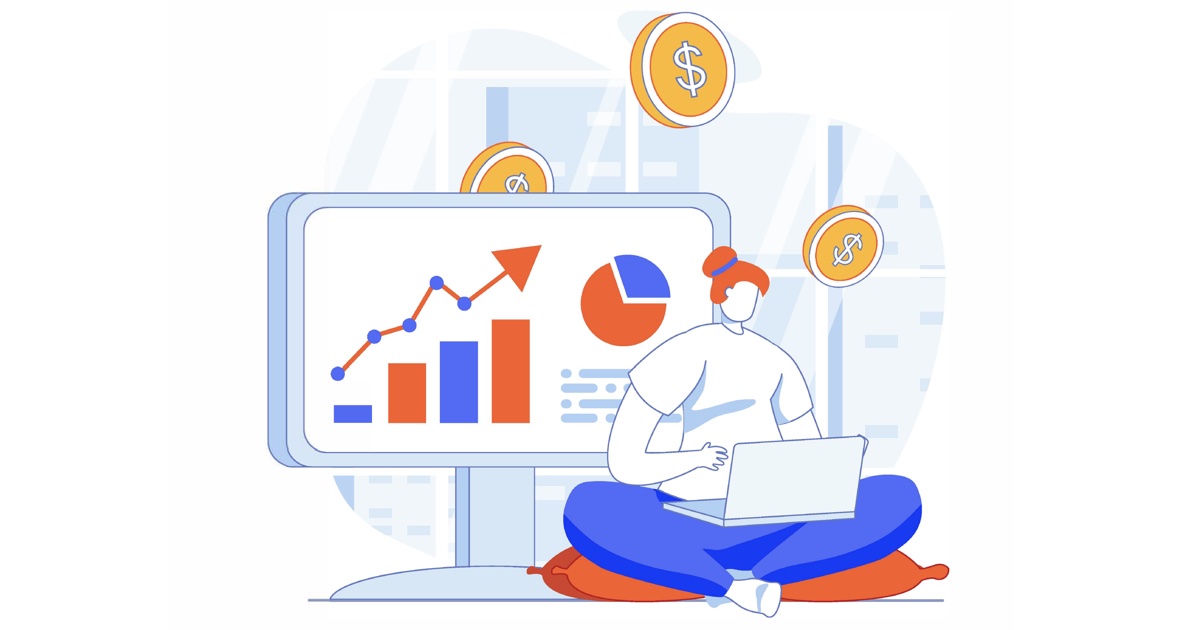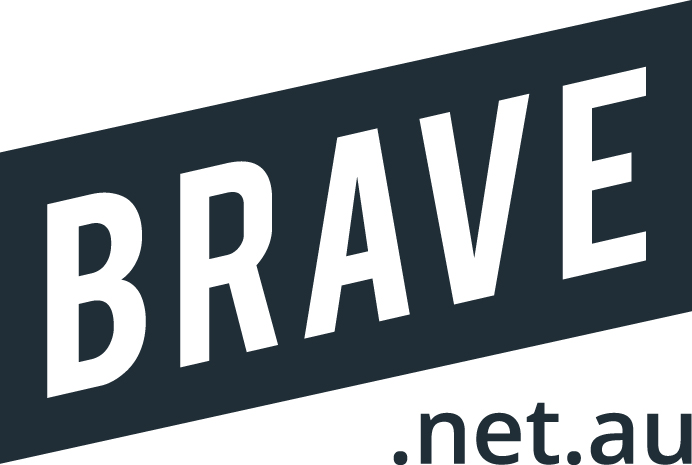
Why is sales turnover not always a good indicator for making more profit?
Sales turnover, also known as revenue or sales, refers to the total value of goods or services sold by a business within a specific period.
While sales turnover is an important metric to gauge the performance and growth of a company, it does not directly indicate profitability. Here are a few reasons why sales turnover alone may not be a reliable indicator for making more profit:
- Cost of goods sold: Sales turnover does not consider the cost incurred to produce or procure the goods or services being sold. To determine profitability, it is crucial to subtract the cost of goods sold (COGS) from the sales turnover. If the COGS is high relative to the sales turnover, it can significantly impact profitability.
- Operating expenses: Profitability is affected by various operating expenses such as marketing, research and development, salaries, rent, utilities, and other overhead costs. These expenses are not directly reflected in the sales turnover figure. Even if sales turnover increases, if operating expenses rise at a faster rate, profitability may suffer.
- Discounts, returns, and allowances: Sales turnover does not account for discounts given to customers, returns, or allowances provided for damaged or unsatisfactory goods. These factors can impact the actual revenue received by the company and, consequently, profitability.
- Pricing strategy: Sales turnover alone does not reveal information about a company’s pricing strategy. A high sales turnover may be achieved by lowering prices to stimulate demand, but this could lead to lower profit margins. On the other hand, a company may choose to have higher prices and focus on a niche market, resulting in lower sales turnover but higher profitability.
- Cash flow and timing: Sales turnover represents the total value of sales, regardless of whether the revenue has been collected or not. Profitability is influenced not only by the total sales but also by the timing of cash inflows and outflows. A company may have high sales turnover but struggle with cash flow issues if customers delay payments or if the business has substantial upfront costs.
To accurately assess profitability, it is essential to analyse various financial statements, such as the income statement, balance sheet, and cash flow statement, which provide a more comprehensive view of a company’s financial performance.
Learn more about monitoring Average Order Value (AOV) over time provides valuable insights into your store’s sales profitability, allowing you to assess the effectiveness of pricing strategies, marketing initiatives, and customer behaviour in driving revenue growth.
Did You Know …
You can list your local products for free on Google!
Your in-store products can appear in free listings across Google properties, including Google Search, Google Images, the Shopping tab, Google Maps, and Google Lens.
We’re working with retailers who have local brick-and-mortar stores in service areas like Sunbury.
What do you need?
An automatic feed to Google via their Merchant Centre.
Brave can help you get this set-up via any ecommerce store.
Call Mike on 0419 810 727 to get the ball rolling.



